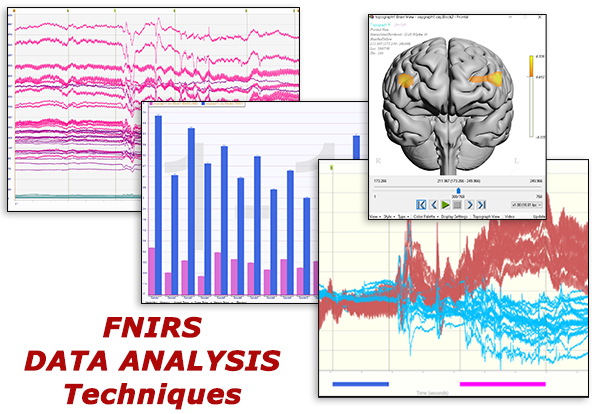fNIRS Data Analysis
Date
Thursday, August 25, 2022
Location
On-Demand Playback
Host
BIOPAC SYSTEMS, INC. - U.S.A.

| In this online training, we will present a typical analysis workflow for fNIRS data in experiments featuring both event-based and continuous stimulation. We will present a powerful yet easy-to-use software package with both a graphical user interface and scripting capability (for automation). What You Will Learn:
The fNIRS data used in the webinar will be provided to researchers on request. See also: fNIRS FAQ Related fNIRS Webinars:
| Complete Form to Watch Now: |
About Alex Dimov 
Alex Dimov (BIOPAC Systems, Inc.) has been teaching workshops on the topic of physiological data acquisition and analysis for over 15 years. While at UC Santa Barbara he was an instructor for The Advanced Training Institute for Virtual Reality in Social Psychology. He joined BIOPAC as an application specialist and now oversees European Sales for BIOPAC.
For more information about BIOPAC events, check the BIOPAC Events Calendar or email support@biopac.com.
WHAT'S NEW
With the anticipation of the 2024 Olympics, there has been lots of recent research on athletic...
Stay Connected